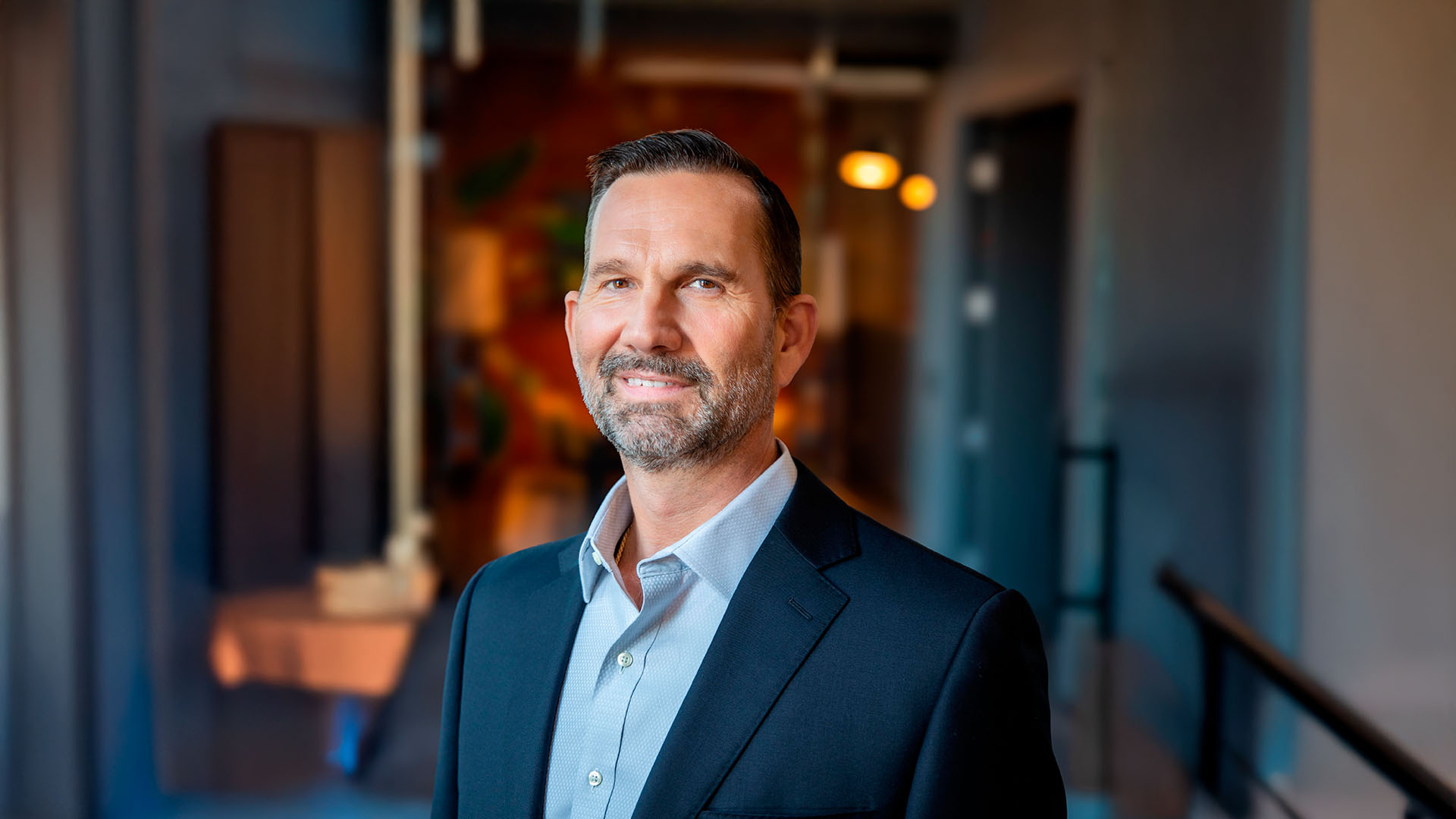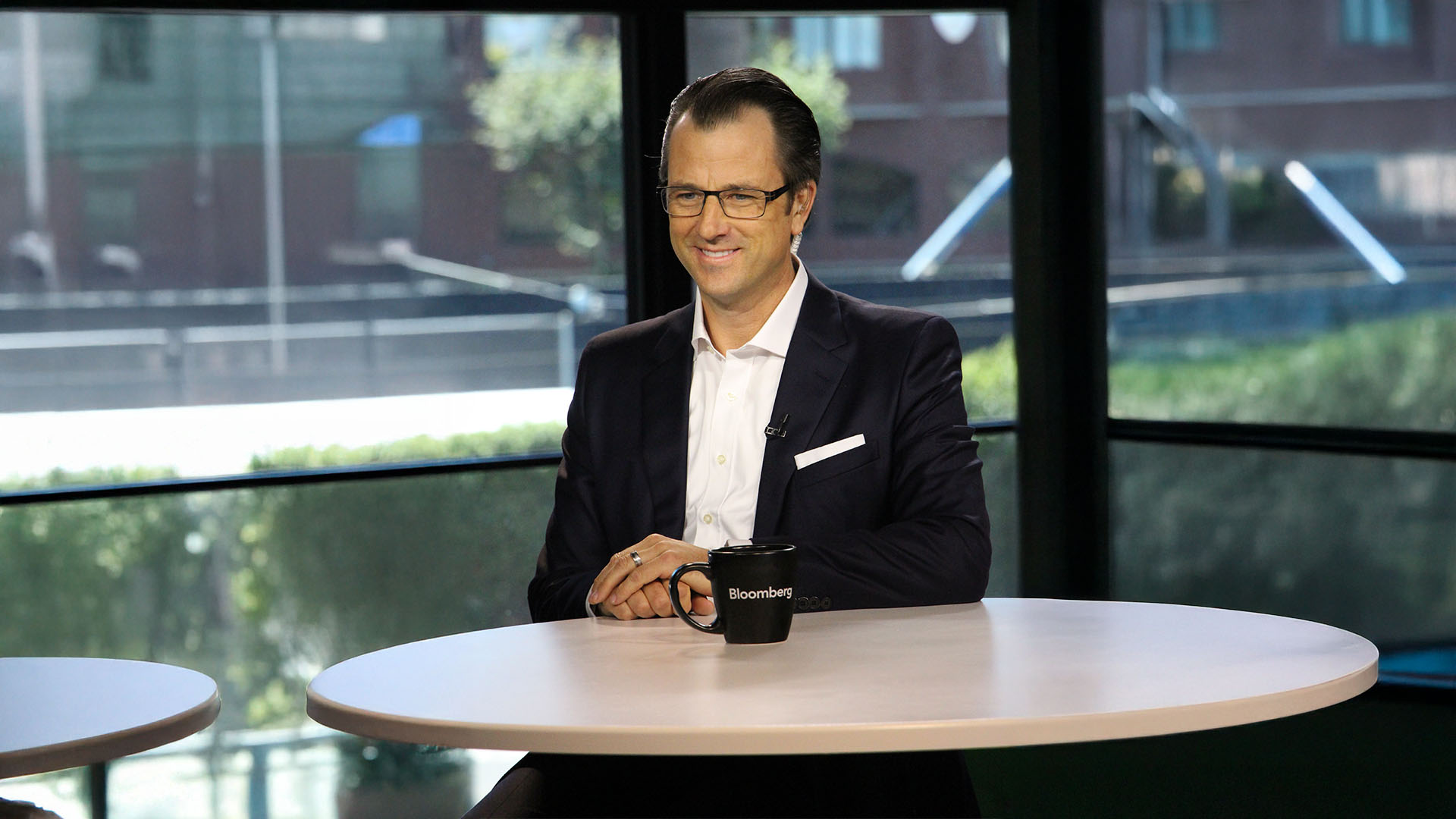The healthcare software market is undergoing rapid change, where questions of scale and sustainability are defining the winners. For early stage companies, the challenge is not simply growth, but disciplined growth that can withstand the industry’s complexity.
As Chief Revenue Officer in the healthcare SaaS market, Bradley Roger Swenson has built a career on transforming companies from early stage to market leaders. His track record includes scaling revenues from $25 million to $150 million at Cue Health, driving $20 million to $100 million growth at Huntington Bank, and leading Aroris’ shift from a service-based to SaaS-first model.
Strategic acceleration is powered by what he calls force multipliers, the levers such as technological, organizational, or strategic choices that multiply outcomes across the board. “It’s really anything that increases revenue output without proportionally increasing cost or complexity,” Swenson says.
Force Multipliers Inside the Sales Organization
The first set of multipliers is found within the sales team itself. He believes that individual sales representatives are most effective when equipped with tools that return time to revenue-generating activity. “Can we employ technology so that they’re not having to go into five different systems to do their research on a client?” he says. His examples range from voice recognition systems that automatically capture meeting notes in a CRM to AI-driven prospecting tools that streamline territory planning.
The key, he says, is ensuring reps are not stuck in low-value tasks. By giving them sharper focus on high-potential accounts, the payoff compounds. “Instead of randomly targeting a specific account, let’s figure out who is going to be the best fit for our product and services. If we sell to that one group, there’s a likelihood we’re going to sell to a whole bunch of other ones.” This strategic targeting transforms a single win into multiple downstream deals.
Partnerships as Multipliers of Scale
External partnerships are an equally powerful force multiplier, helping to extend reach and credibility without duplicating costly sales efforts—but not all partnerships are created equal. “I see a lot of vendors that want a finder’s fee for a referral. I find those relationships transactional, not strategic, and they will ultimately fail,” Swenson notes.
Instead, he looks for collaborations where both parties see long-term, mutual wins, where introducing his company’s technology helps partners make their own clients more successful. Swenson stresses the importance of setting clear metrics, aligning executive sponsors, and maintaining structured rhythms such as bi-weekly operational reviews and quarterly executive check-ins to ensure partnerships evolve into measurable growth engines.
Practical Advice: Start Small, Scale Wisely
His advice to leaders eager to develop force multipliers is to resist the temptation to do too much, too fast. “If you don’t have any partnerships today, don’t go out and sign up 20 of them. Be very thoughtful, get your feet wet in a partnership, apply best practices, and monitor success.” By piloting with a few carefully chosen collaborators, organizations can learn, refine, and then expand more sustainably.
On the internal side, he urges executives to continuously evaluate how their sales reps spend their time. Investments in AI-driven workflows, smarter CRM overlays, and streamlined follow-up systems can unlock significant gains without expanding headcount.
The Future of Multipliers in Healthcare SaaS
Looking ahead, Swenson points to two major forces shaping the landscape. The first is changing buyer behavior. He references research showing that business-to-business buyers want to complete 70 to 80 percent of their decision-making process before engaging with a sales representative. “How do we make it easier for buyers to buy from us?” he asks. The answer lies in building strong educational content, from webinars to in-depth partner training, that enables prospects to advance far down the decision path independently.
The second is the rise of artificial intelligence and automation, where Swenson sees enormous potential in AI tools that increase efficiency, enrich client insights, and reduce friction across sales cycles. “There continues to be all sorts of cool tools and hacks using AI to bring efficiency and more insights. We as leaders need to keep an eye on those and embrace them if they can help us develop these partnerships to drive multiplier effects.”
Creating Multipliers That Last
The most effective multipliers come from balancing the external with the internal. Externally, partnerships extend reach and credibility. Internally, technology and strategic account focus make every sales rep more effective.
“Traditionally, force multipliers were about complementary partnerships. The newer part is within our own sales team—making sure the tip of the spear is pointed into the accounts that will generate multiple wins, not just one.”
Connect with Bradley Roger Swenson on LinkedIn or learn more via his website.





